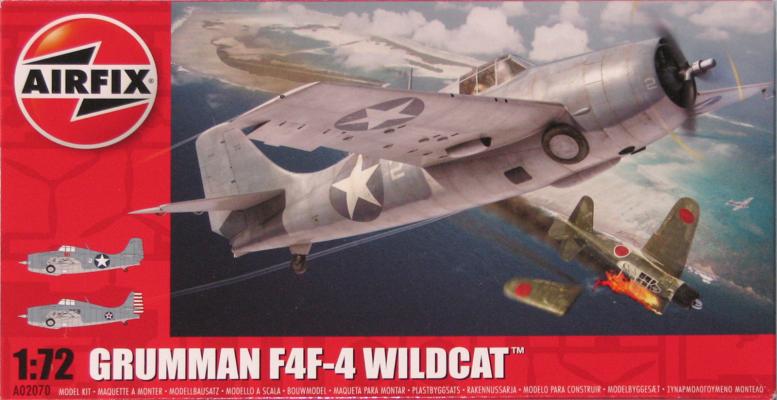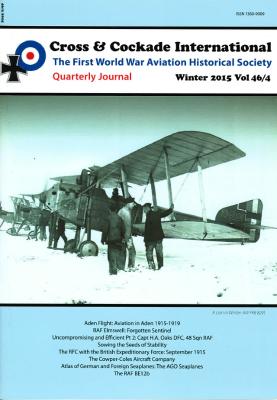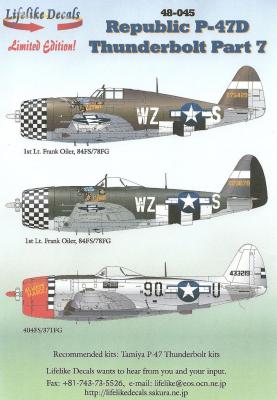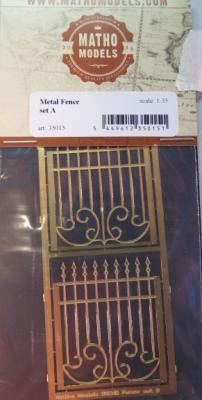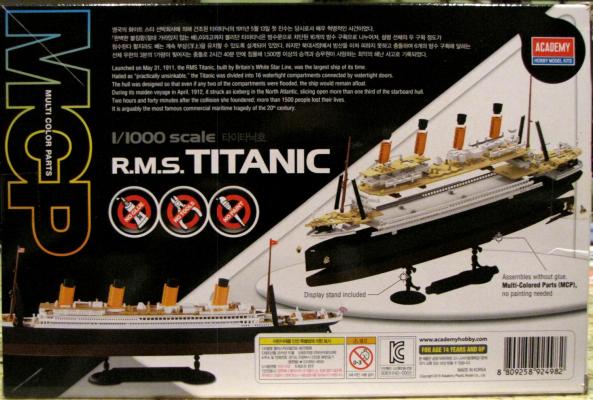History
The Grumman F4F Wildcat was the US Navy's primary carrier-borne fighter aircraft at the start of WWII. Characterized by its stubby appearance the Wildcat had been developed from Grumman's successful range of pre-war biplanes and had entered service with the US Navy a year prior to the Japanese attack on Pearl Harbor, replacing the Brewster Buffalo. By the time of the crucial battles for Midway and Guadalcanal, the F4F-4 model had become the most numerous variant and new tactics such as the ‘Thach Weave’ enabled American naval and marine pilots to gain the upper hand on the previously all-conquering Mitsubishi Zero. The F4F-4 introduced both folding wings and an extra .50 machine gun in each wing, adding to the Wildcats already powerful armament. Lessons learnt with the tubby but tough F4F were later incorporated into the F6F Hellcat, a fighter which went on to dominate the skies over the Pacific.











